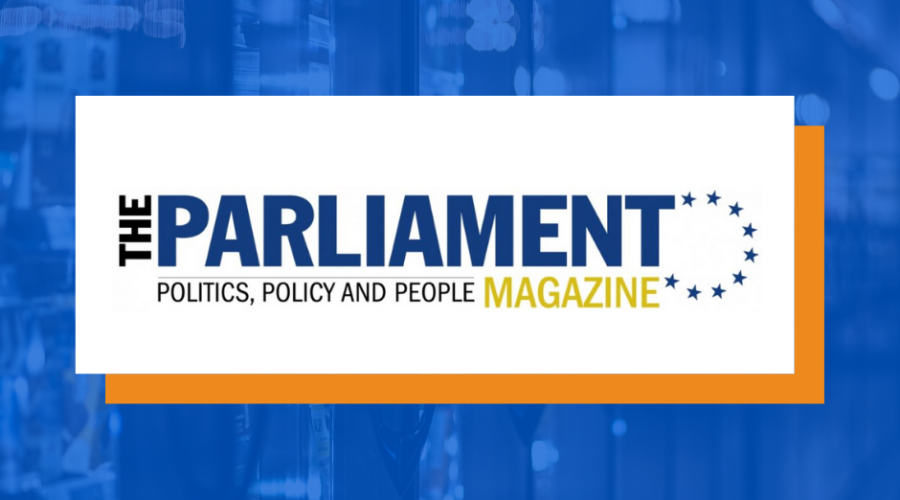Black market — an existential threat to consumers
The latest Organisation for Economic Co-operation and Development (OECD) report found that between 72,000 and 169,000 children may die from pneumonia every year after receiving drugs from the black market.
Since that was before the world had entered the Covid-19 crisis that turned out to be a public health emergency of global scope, the shocking numbers have likely gone up by now and will continue to rise.
That is the cost of flawed policies that have failed to effectively tackle the black market.
From pharmaceuticals to tobacco products, the black market has expanded into every area of our life and international exchange. Unlike many legal small businesses that get driven out of the market because of excessive taxation and red tape or are unable to enter it at all, the black market has been booming.
According to the United Nations Office on Drugs and Crime, the transnational organised crime of the black market is a business worth US$870 billion (RM 3.6 trillion).
The black market has to be fought by economic, legal, and political means. Where free markets that safeguard property rights – including intellectual property rights – and economic freedom flourish, there is no space for black markets simply because it’s not needed: every consumer can easily find and access what they need.
Black markets exist to satisfy the unmet demand, and why that happens is the key question we have to address to solve the economic part of the puzzle.
Let’s consider the tobacco black market in the EU. In 2019, 15 billion illegal cigarettes were found in Europe, contributing to €2 billion (RM 9.7 billion) in tax revenue losses. Intrusive and anti-consumer national policies have to take the blame for that.
These policies include a second annual 50 centime tax that came into force in France, bringing the price of a pack of cigarettes up to 10.50 euros (RM 51). Similarly, in Ireland, excise duty on a pack of 20 cigarettes will rise by 50 cents for the fifth year in a row.
As long as there is a substitute available in the form of cheap smuggled cigarettes, the overall demand for cigarettes is inelastic. The higher price stops consumers from buying them legally, but it doesn’t stop them from buying it from the black market.
In another part of the world, Malaysia is losing about RM5 billion in taxes every year to the tobacco black market. It has been reported that Malaysia is today the No. 1 in the world for illegal cigarettes, where 65% of total cigarettes consumed are contraband products.
Interestingly, illegal cigarettes took up 36.9% of the market back in 2015. However, the Malaysian government wanted to discourage people from smoking by making it even more expensive. As such, excise duties were rapidly increased, resulting in legal cigarette prices, going up by 25%.
Affordability then became an issue and consumers decided to switch to a cheaper alternative, which is widely available.
This goes to show that governments should moderate tax policies to ensure that tax regimes are liberal enough not to drive demand for contraband products. Indirect taxes such as VAT, GST and excise duties make consumers foot the bill.
Despite political differences, we can all agree that the well-being of consumers is of the utmost importance, and the black market – especially in times of Covid-19 – poses an existential threat to consumers globally.
We should not only put in place smart policies to eradicate black market, but we should also repeatedly communicate the risks associated with black market to consumers and make them more aware of the tactics used by smugglers to lure them. It is time to Stop The Black Market!
Originally published here.













